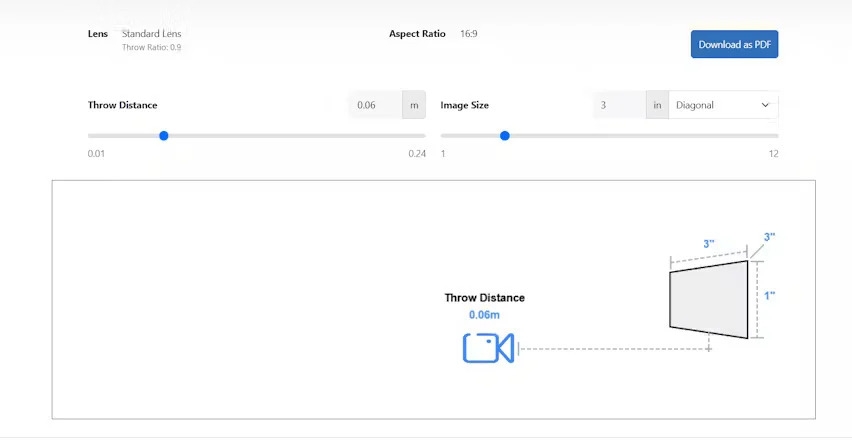Projector vs LED Wall – What’s Best for Classrooms

XTEN-AV understands that modern classrooms require effective, reliable, and engaging visual solutions to enhance learning experiences. Choosing the right display technology can significantly impact student engagement, comprehension, and overall classroom efficiency. Educators are often faced with a decision between projectors and LED walls. In this blog, we will explore the advantages and limitations of each option, comparing video wall vs projector solutions for educational environments.
Understanding Projectors in Classrooms
Projectors have long been a staple in educational settings. They work by projecting images onto a screen or wall, using lamps or laser light sources to create bright, detailed visuals. Projectors are versatile and can display various types of content, including slides, videos, and interactive lessons.
Benefits of Projectors for Classrooms
-
Affordability: Projectors generally have lower upfront costs compared to LED walls, making them accessible for schools with tight budgets.
-
Large Screen Flexibility: Projectors can create large images even in small classrooms by adjusting throw distance and screen size.
-
Portability: Many projectors are lightweight and portable, which is useful for multi-room use or temporary setups.
-
Compatibility: Projectors can easily connect to laptops, tablets, and other devices, supporting interactive and multimedia lessons.
Challenges of Projectors
Despite their advantages, projectors have some limitations in classroom settings:
-
Ambient Light Sensitivity: Projector images can be washed out in bright classrooms, reducing visibility and clarity.
-
Maintenance Requirements: Lamps have a limited lifespan and require replacement. Filters need regular cleaning, and alignment must be monitored.
-
Image Uniformity: In larger classrooms, maintaining consistent image brightness and color can be challenging, especially when multiple projectors are used.
Understanding LED Walls in Classrooms
LED walls are composed of multiple LED panels that create a single, seamless display. They are self-illuminating, meaning they do not require a separate light source. LED walls offer high brightness, excellent color accuracy, and consistent image quality, making them an attractive option for modern educational environments.
Benefits of LED Walls for Classrooms
-
Brightness and Clarity: LED walls maintain excellent visibility even in well-lit classrooms, ensuring every student can clearly see content.
-
Professional and Modern Appearance: LED walls create a visually striking environment that can enhance student engagement and school reputation.
-
Low Maintenance: LED panels have long lifespans and require minimal maintenance compared to projector lamps.
-
Multi-Source Display: LED walls can show multiple applications, lessons, or interactive content simultaneously, enhancing classroom interactivity.
Challenges of LED Walls
-
Higher Initial Cost: LED walls typically require a larger upfront investment compared to projectors.
-
Installation Requirements: They require dedicated wall space and a permanent installation, which may not be feasible in all classrooms.
-
Scalability Limits: While panels can be configured in various sizes, extremely large setups may still be more costly than projectors.
Video Wall vs Projector: Classroom Considerations
When comparing video wall vs projector for classrooms, several factors influence the decision:
-
Visibility and Engagement: LED walls provide superior brightness and image clarity, improving visibility for students in every seat and enhancing engagement during lessons.
-
Maintenance and Reliability: LED walls require minimal upkeep, whereas projectors need frequent lamp replacements and filter cleaning. This makes LED walls more reliable for daily classroom use.
-
Cost and Budget: Projectors are more affordable initially, which is important for schools with budget constraints. LED walls offer better long-term value due to durability and lower maintenance costs.
-
Flexibility: Projectors offer more flexibility in screen placement and size, ideal for temporary setups or multi-use spaces. LED walls are best suited for permanent installations where high-quality, consistent visuals are a priority.
Educational Benefits of Each Technology
-
Projectors: Suitable for classrooms where portability, lower initial cost, and flexibility are key. They work well in smaller rooms or environments where screen placement may need to change frequently.
-
LED Walls: Ideal for schools investing in permanent installations with high student engagement, interactive lessons, and modern learning environments. They offer enhanced visual quality, multiple content sources, and long-term reliability.
Final Thoughts
Selecting the right display technology for classrooms involves balancing budget, visual quality, maintenance, and educational impact. Projectors are cost-effective, flexible, and portable, making them suitable for a variety of classroom setups. LED walls, on the other hand, provide consistent brightness, low maintenance, and high-impact visuals that can transform the learning environment and improve student engagement.
XTEN-AV helps educational institutions evaluate video wall vs projector options to ensure classroom displays deliver maximum clarity, engagement, and long-term value. By considering room size, lighting conditions, usage patterns, and maintenance requirements, schools can make an informed choice that enhances teaching effectiveness and student learning outcomes.
Read more: https://palkwall.com/read-blog/70147
- Questions and Answers
- Opinion
- Motivational and Inspiring Story
- Technology
- Live and Let live
- Focus
- Geopolitics
- Military-Arms/Equipment
- Segurança
- Economy/Economic
- Beasts of Nations
- Machine Tools-The “Mother Industry”
- Art
- Causes
- Crafts
- Dance
- Drinks
- Film/Movie
- Fitness
- Food
- Jogos
- Gardening
- Health
- Início
- Literature
- Music
- Networking
- Outro
- Party
- Religion
- Shopping
- Sports
- Theater
- Health and Wellness
- News
- Culture

